Tel: +44 (0) 203 371 1779
Email: Get in Touch
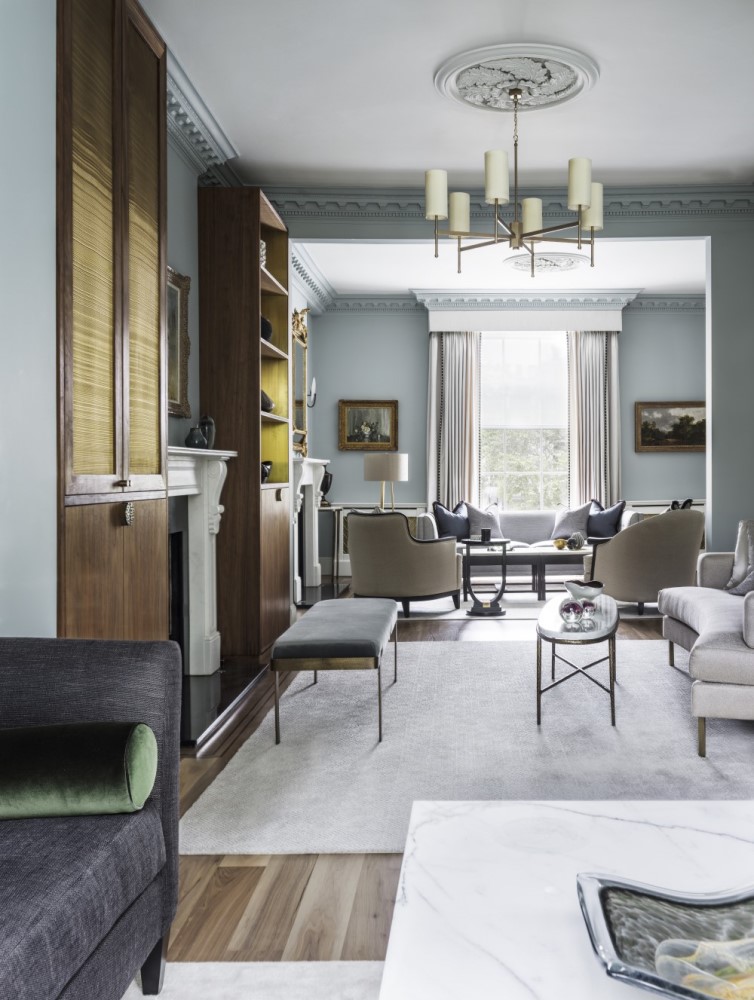
The popular open plan living trend started in the 1970s, beginning a long-term shift in traditional home design from conventional configurations of multiple, smaller rooms to larger, multifunctional living areas.
This was achieved by removing internal walls to open floor space and creating more efficient living spaces with a more effortless flow of movement and better light diffusion. This design trend has remained at the forefront of modern house design, encouraging a more communal style of day-to-day living with strong emphasis placed on being able to socialise and entertain within the home comfortably.
However, a popular new trend is emerging – broken plan living. We have created this blog to discuss the key differences and help you identify the most relevant for your interior project.
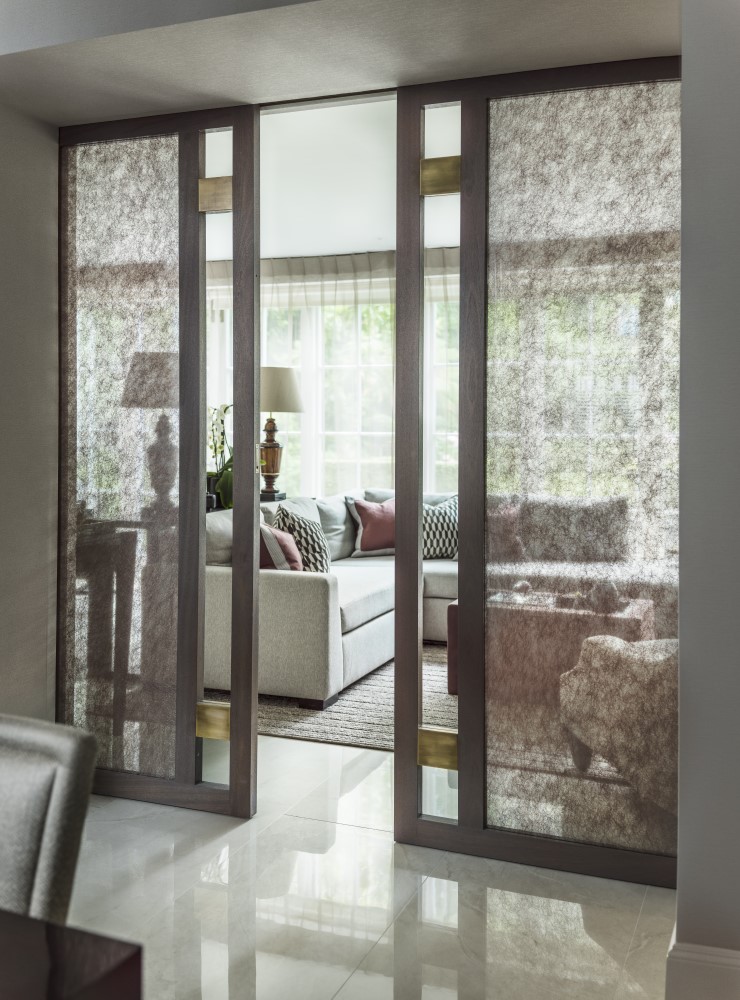
Broken plan living is about making smart decisions with open floor plans in order to maintain a valuable sense of space while clearly defining separation to certain areas of the room.
The basic principle is that distinct zones are created by introducing strategically placed furniture, different floor finishes, semi-permanent screens or split levels. By demarking zones by use or purpose with these tangible yet subtle boundaries the benefits and flexibility of open-plan living can be enjoyed and at the same time, a sense of privacy is gained.
During the Pandemic, our homes underwent instant evolutions to serve as our workplaces, schools, leisure spaces and sanctuaries. These epic changes gave us insight into the ways in which our interior spaces work well, where they fall short and how we might adapt them to better deliver in a new age of interior fluidity. We learnt that to future-proof our homes we would need to re-evaluate and redesign to reflect this need for instant adaptability. And so, the broken-plan living concept gained momentum.
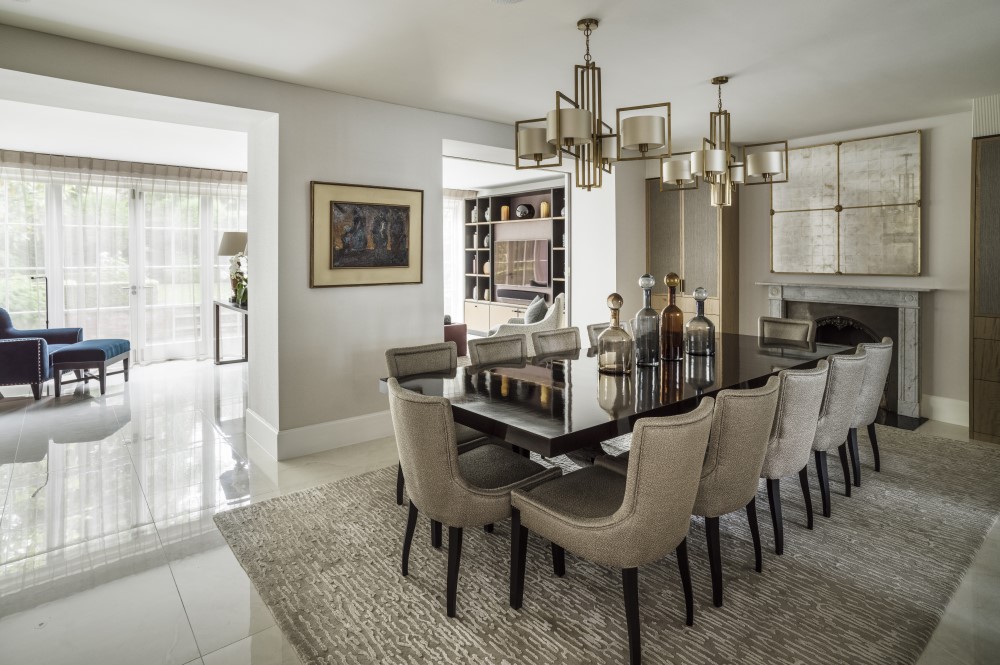
Open plan designs offer versatile free-flowing living spaces that cater perfectly as social hubs. Worlds away from cramped or dingy conventional home layouts, this design layout works exceptionally well when the architectural character of a property lends itself to larger proportions and spaces. Features such as high ceilings, grand windows and exposed beams, as in warehouse or barn conversions are really beneficial.
This design doesn’t work well in diminutive period properties with architectural features that won’t translate in a scaled-up version and could end up looking proportionally imbalanced such as farmhouses or cottages.
As interior designers, we commonly see open-plan designs in kitchens and casual dining rooms. Incorporating a dining area provides your guests with somewhere to sit out of the way of the designated cooking space yet still be able to get involved with active conversations. Homes can feel very closed off when all of your rooms are separated. By removing a dividing wall you’ll create a larger, more cohesive cooking and dining space with light able to travel uninterrupted. At Roselind Wilson Design we have a team of interior architects who will be able to advise you on your best use of space.
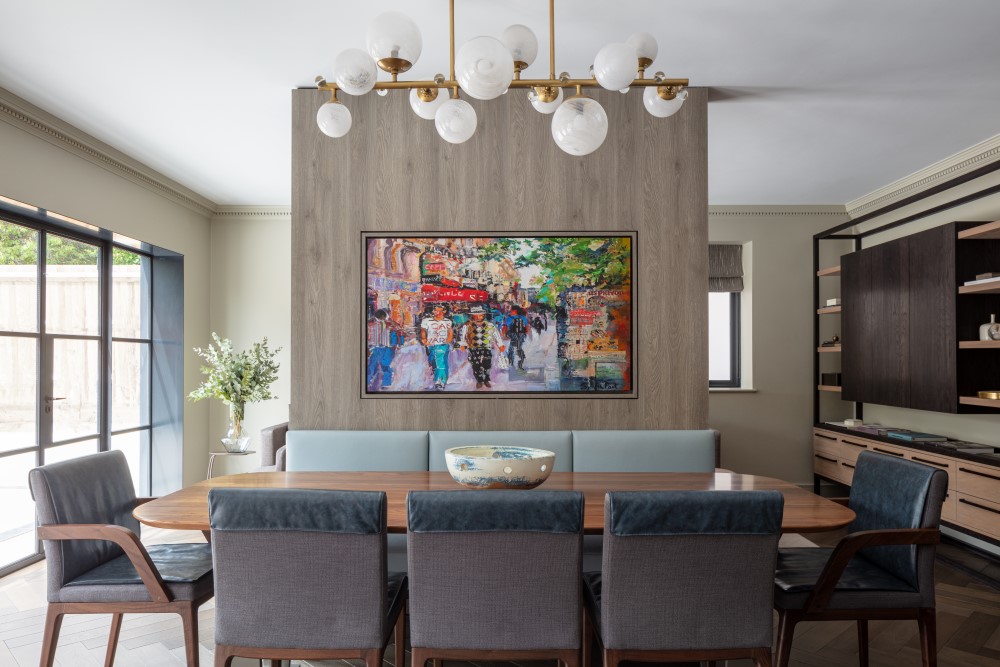
Broken plan designs are a great solution if you want the flexibility and feel of open plan living but with the option of breakaway spaces. At our North London residential project, our client wanted a multifunctional space to enjoy mealtimes and relaxation both as a family and with larger groups of guests. We introduced a partition complete with 360-degree pivoting TV so that the living and dining areas could become instantly interchangeable to accommodate relaxed family time, intimate dinners or large-scale family and social events.
A broken plan design is incredibly effective if you have a large or awkwardly shaped room with no design direction. To maximise storage potential, you could add a shelving unit or large bookshelf to double up as a partition whilst providing a clever storage solution.
If you think your home interior could work better for you, contact our team of luxury interior designers to help create innovative ways to improve your space.
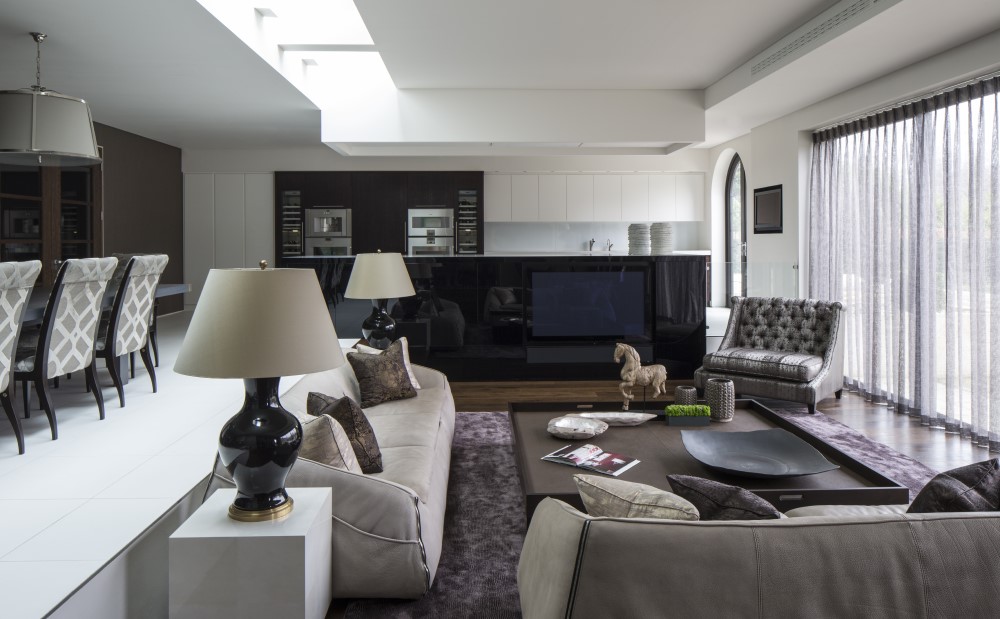
There are a number of ways to create a luxurious broken plan design without the need for restrictive solid walls. Some of these can be temporary and take much less work, whereas others require well-planned architectural work. At Roselind Wilson Design, we can carry out either with our full team or interior designers and architects.
One of the most luxurious ways to create a broken plan space whilst still getting to enjoy the light feeling created with an open plan design is by introducing a split level. At our Broad Walk residential project created a sunken seating area in the open-plan kitchen and dining area. This helped define the different uses of the space and gave a cosy, intimate ambience to the seating area. Adding a glass partition around a raised platform will provide some noise protection while allowing natural light to flow through.
Contact our expert team to help create a unique, elegant interior that will enhance every aspect of your life.
Firing up the fifth wall From the starry depictions of ancient Egyptians and divine murals of the Greeks to the intricate storytelling of Renaissance frescos, ceiling design has undergone dramatic changes through the ages. Historically, ceilings served as the crowning glory of interior spaces. However, with the passage of time and ever-evolving trends, enthusiasm for...
In our recent blog posts, we have explored planning a renovation, achieving the ultimate luxury look in your home, and the difference between the two design disciplines of interior design and interior architecture. In this post, we discuss when working with an interior designer is the right choice, guide you through the process of finding...
We use cookies to ensure that we give you the best experience on our website. See our Cookie Policy. If you continue to use our website, we will assume that you are happy with it. OK

